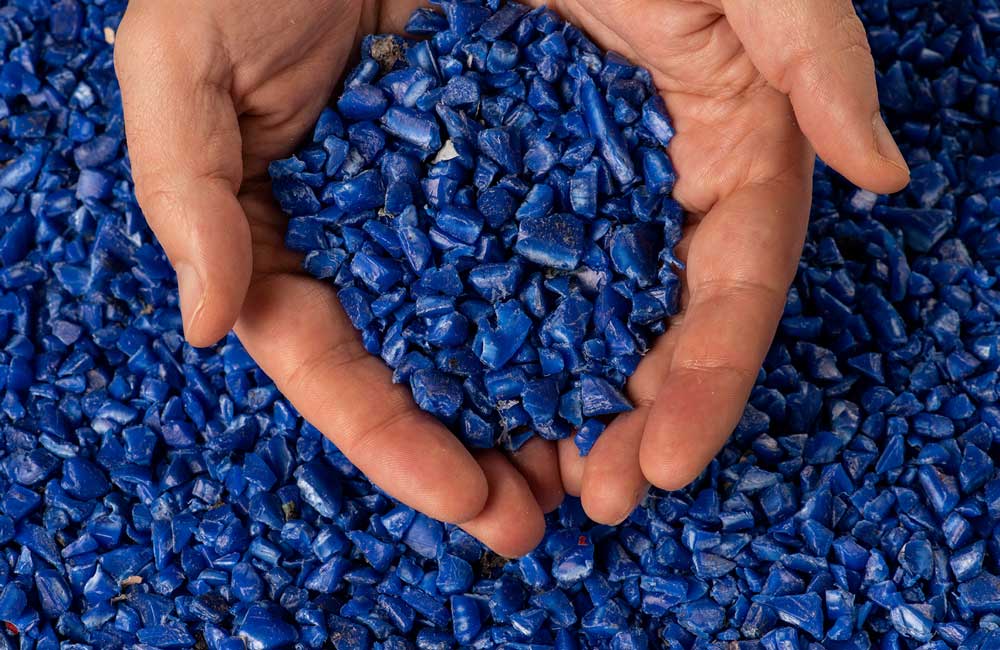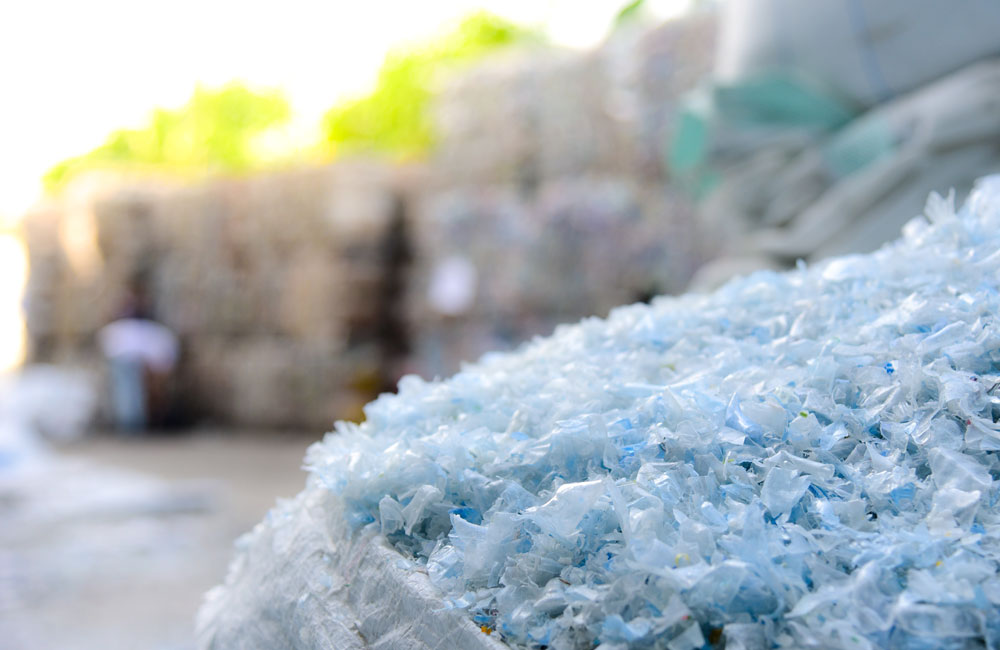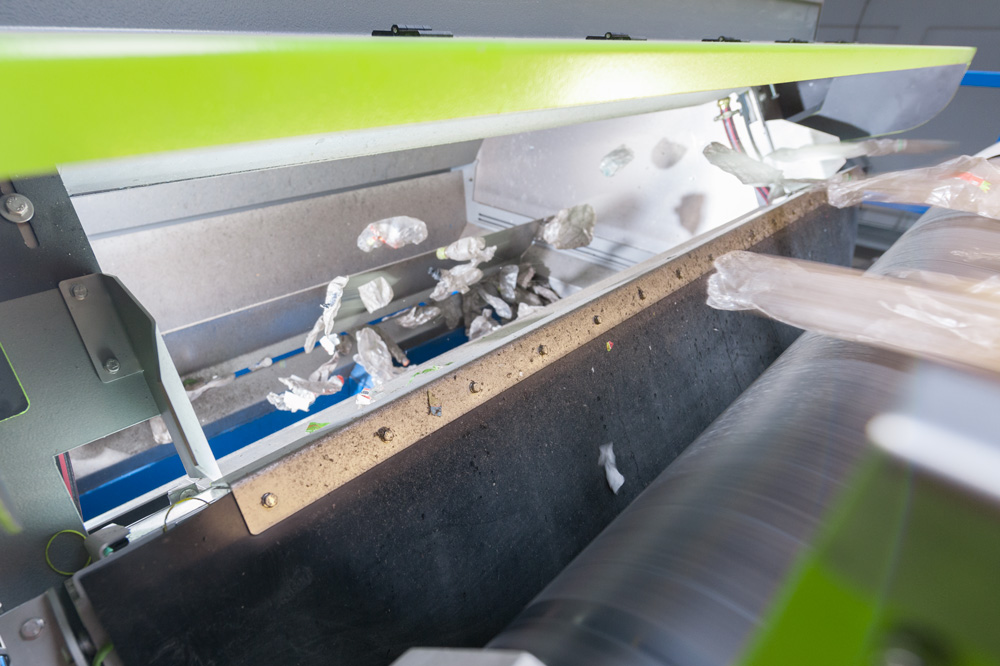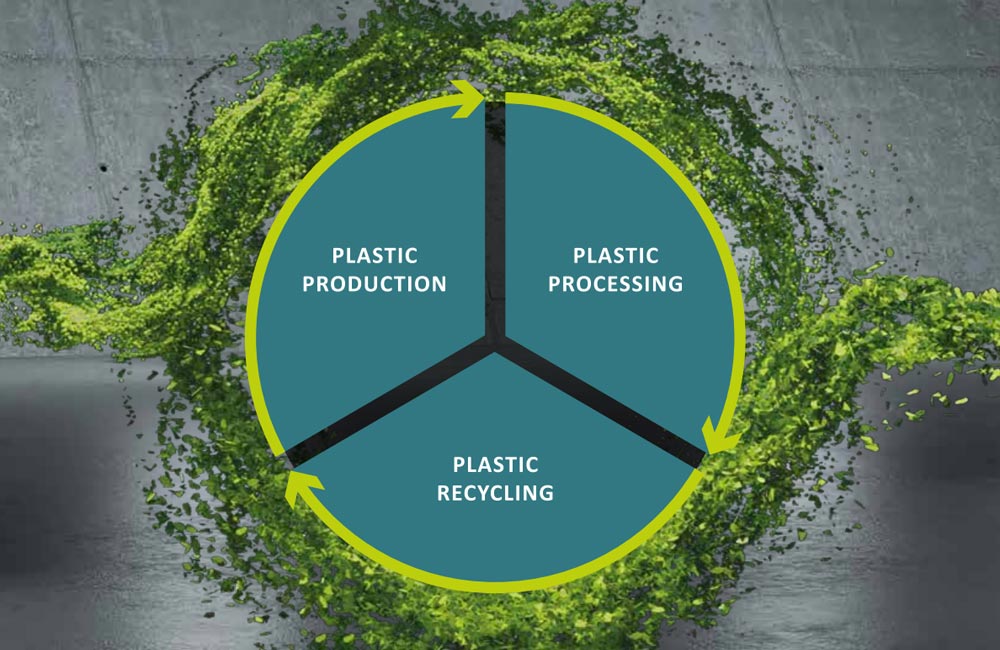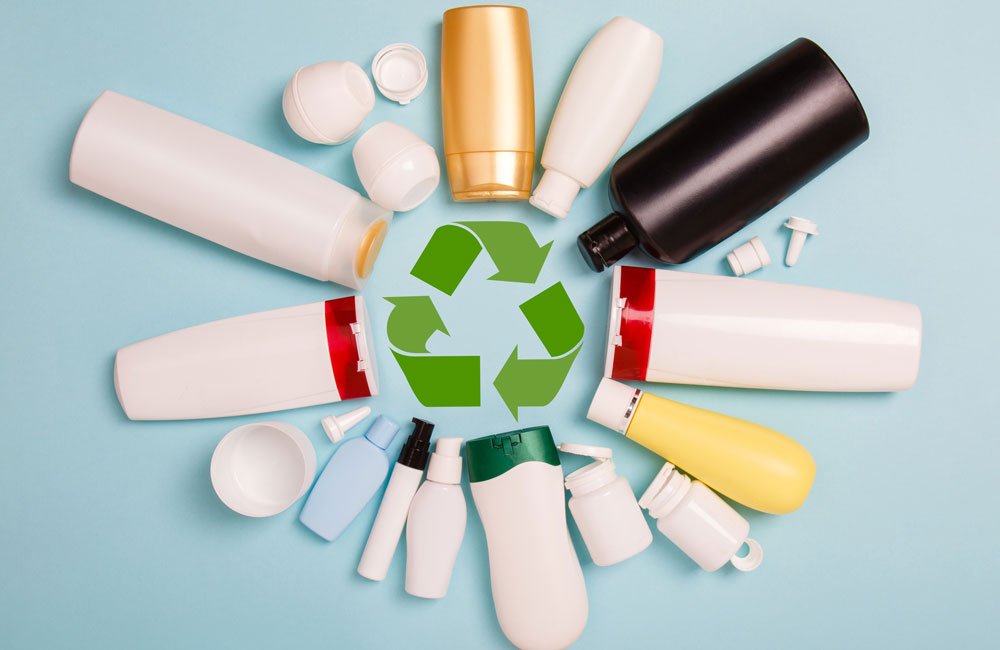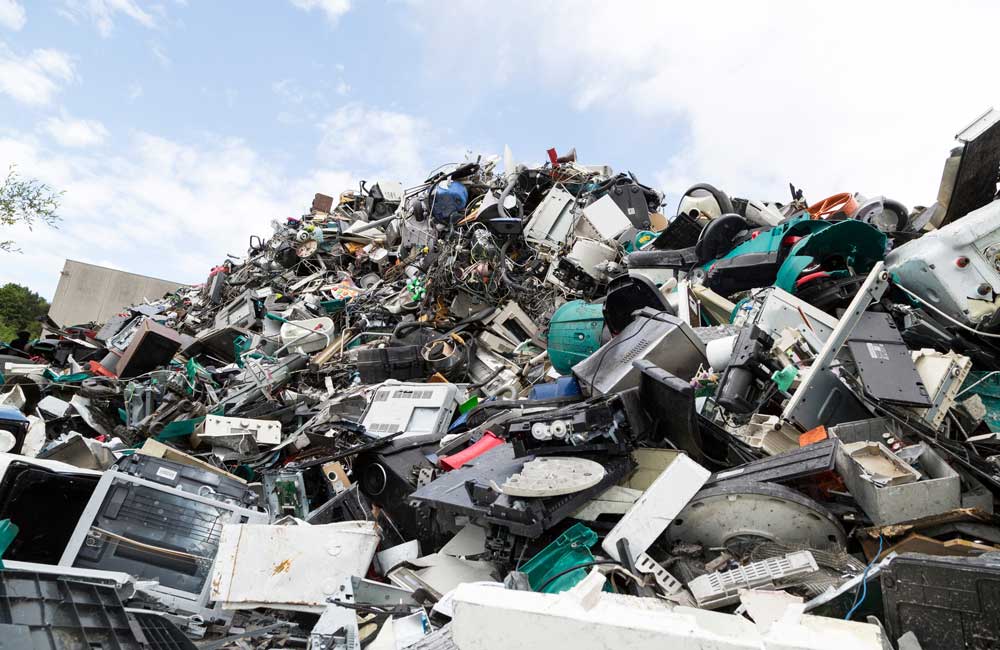Circular Economy
Mar 30, 2020 |
Profitable recycling – how recyclers can work efficiently
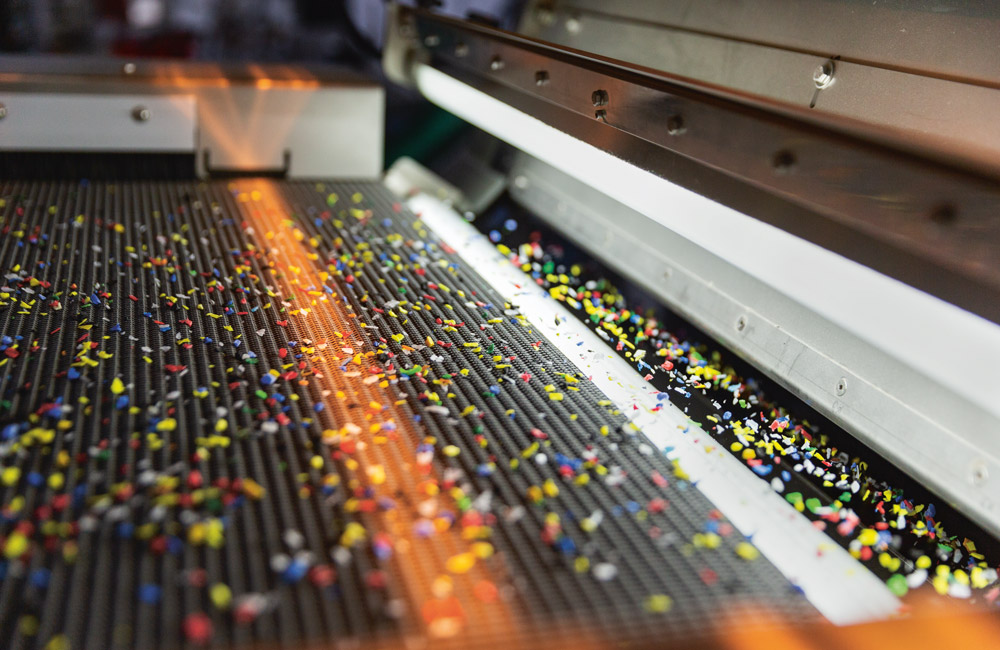
Recyclate is the name of the recycling industry’s key material. But what exactly is it? The word is an umbrella term that describes materials produced in the recycling process. There are various forms of recyclates, such as ground materials, regranulate or regenerate. Ground materials are produced by grinding plastic. Regranulate is made by turning ground material into granulate by means of a melting process. Regenerate is also produced in a melting process. However, additives are used to improve the properties of the material. Unlike ground materials, regenerates and regranulate have a uniform granule size and are free of dust.
How are recyclates produced?
Many things that people discard – such as plastic bottles, boxes or pots – can be used as source materials for recyclates. Recycling firms use a precisely coordinated procedure to process these waste materials. The resulting recyclate is mixed with other raw materials to make new products – or new products are made using recyclate alone. Such products may include packaging, as well as textiles and furniture.
Recyclate quality is important
Special recyclate is required to make these
high-quality products, and can be sold for higher prices. To get as much
high-quality plastic as possible, recycling companies need large quantities of
recyclable material. Functioning collection systems, such as Germany’s yellow
bins, are needed to secure that supply. According to the industry association
PlasticsEurope, more than 8 million tonnes of used plastics were collected in
this way in Europe in 2016.

Plastic waste: quantity counts
The greater the quantity of plastic collected, the higher the amount of material that can be used to produce high-quality products. For recyclers, the right composition and quality, as well as the right quantity, are of the essence.
Room for growth in recycling
The quantity of available used plastic in Europe
could be higher. Only around a third of the plastic used on the continent is
recycled. The rest ends up in landfill or is incinerated.

What is more, the plastic waste that is collected often does not have the hoped-for composition and may contain household waste or even metal parts. An investigation by the website Plastverarbeiter showed that the permissible level of impurities was exceeded in 80% of samples. Appropriate technology can be used to remove all the material that cannot be recycled, but that increases costs. The resulting waste also has to be disposed of, costing recyclers even more money.
Composition and type of packaging are important
The type of packing disposed is another factor that can make recycling more difficult. For example, black bottles take more work to sort than clear ones. Their remains are also rarely reused, because manufacturers want transparent granulate, which can be used to make a much larger range of products.
The composition of packaging is also important. Beverage packaging made of composite materials takes more work to recycle. It can consist of several layers of different types of plastic, as well as layers of paper or filler, such as chalk.
Recycling – a question of profitability
When manufacturers decide whether to use recyclate or new plastic made from mineral oil, they consider both quality and cost. Recyclers therefore have to depend on modern technology to produce recyclate profitably, so that they can sell it at competitive prices. The recyclate has to be able to compete with new materials on both quality and price.
The profitability of the recyclate depends on numerous variables. Firstly, the quality of the incoming material must be as high as possible. The better the material, the more economical the sorting procedure, reducing process costs and increasing profitability. 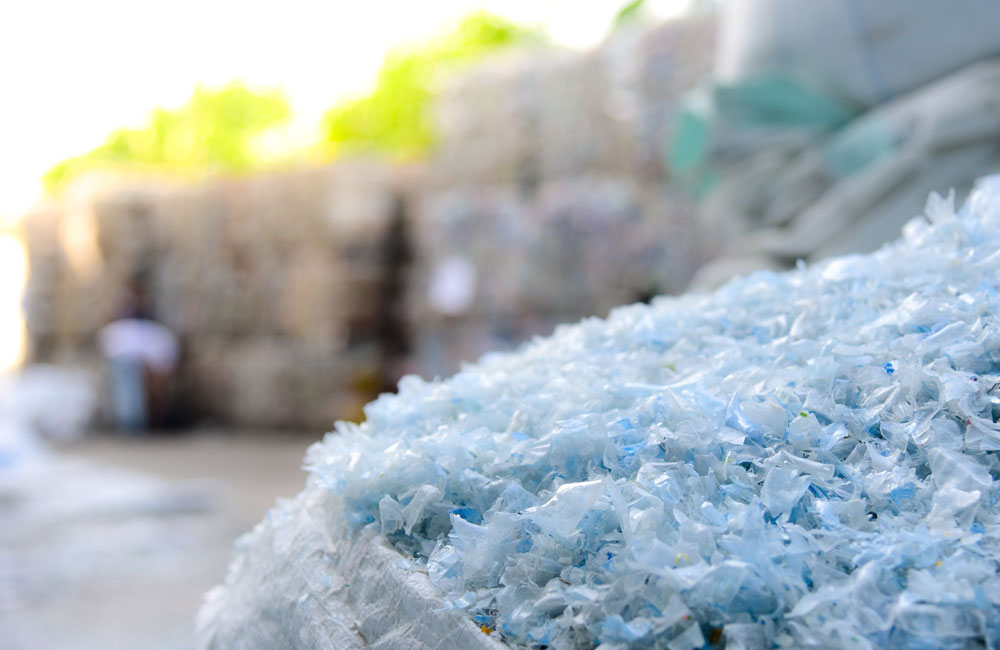
The recycling process has several stages. First a shredder cuts the refuse into small pieces, then a strong blast of air removes everything that is not needed, such as film, polystyrene or textile waste. The remaining plastic is ground, washed and sorted by density before being dried and melted.
Recyclers must know from the outset the quantities of waste they have to process so that they can optimally plan their systems – and calculate which modules they require to sort, wash and shred refuse – or decide whether it is worth investing in an extrusion system. To produce high-quality, competitive recyclate and ensure that the manufacturing process remains profitable, all the modules must be coordinated.Flexible process technology in recycling
Only in theory do recyclers have a stable quantity
of input material of consistent quality. If that theory translated into
practice, then they would be able to buy the appropriate systems, and would
always be working at capacity. In reality, the type and quantity of the used
plastic they receive varies considerably. That is why it is important that
companies use flexible technology in their systems. They must be able to
identify a wide range of materials, including existing and future plastic
packaging and product designs.
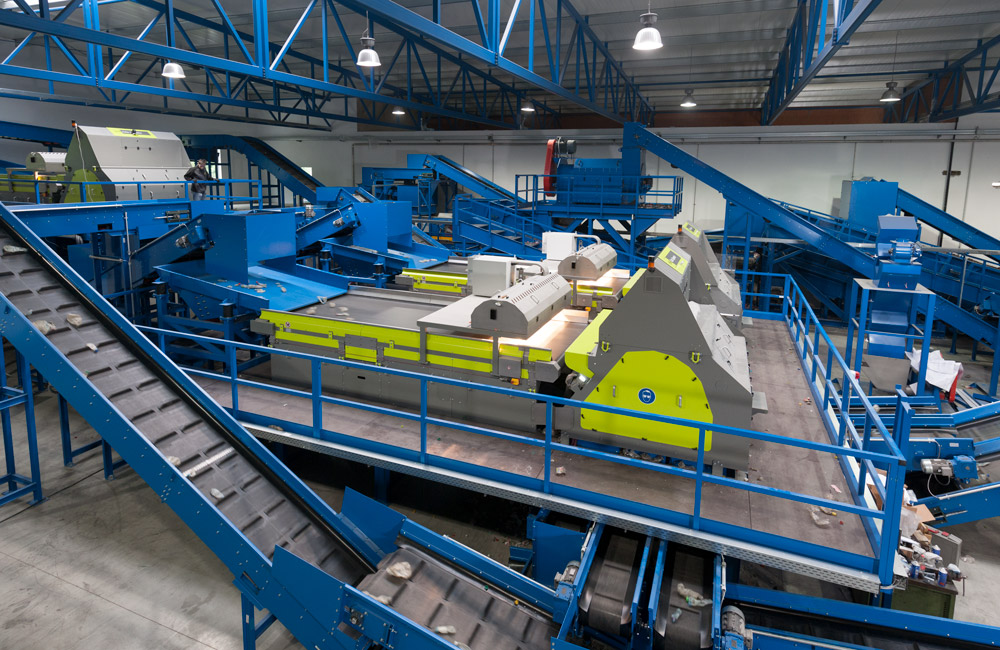
However, sorting processes also have to be flexible so that they can react to fluctuations in the quality and quantity of the incoming material. Well-considered, coordinated implementation and combination of sorting systems raises both the quality and output quantity of the respective plastic, increasing profitability.
Higher recycling rates thanks to intelligent technology
The industry depends on innovation to further improve the recycling rate and make processing more profitable. According to the plastic recycling trade association bvse-Fachverband Kunststoffrecycling, just 12.3% of new plastic products are made from recyclate. That low figure is due more to uncertainty rather than a lack of will on the part of manufacturers, who often have insufficient knowledge about recyclates and the plastics they contain. Materials melt at different temperatures and have different strengths. As a result, many manufacturers stick to tried-and-tested raw materials made from mineral oil, even though consumer and public pressure is driving a trend towards recyclate.
Intelligent technology may soon be able to solve
this problem. In the future, sensors may be able to analyse the quality of
processed plastics as they are produced. Software could be used to assess that
data and make it available to the industry via a digital platform.
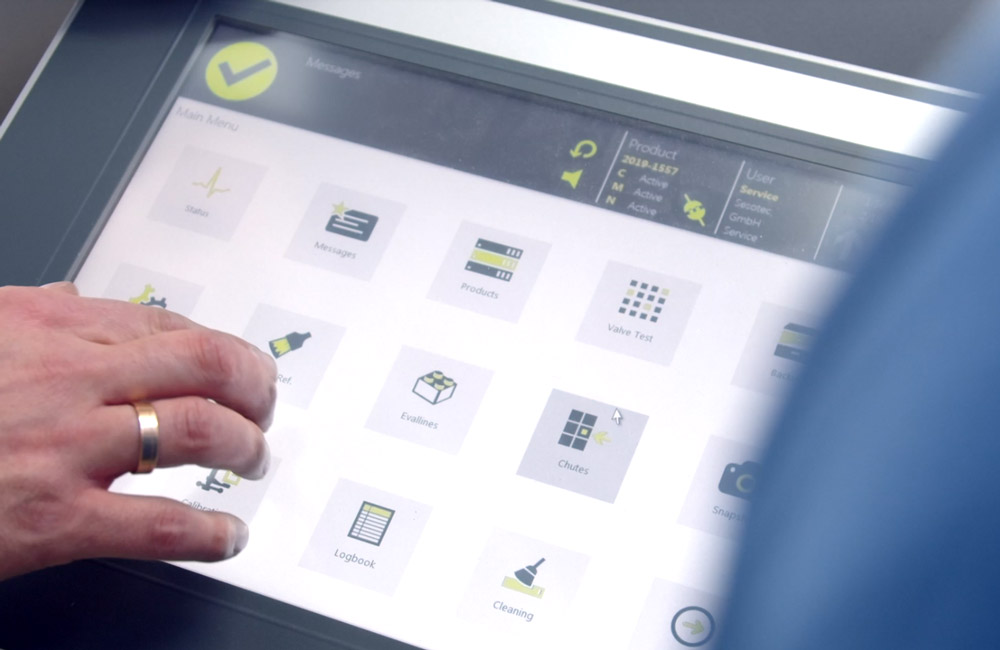
More recycling, less refuse – a win for the environment
Recyclers’ calculations also take indirect account
of consumers’ wishes. Buyers are becoming more environmentally conscious and
are increasingly demanding products made with high proportions of recycled
material. That trend could also raise demand for recyclate, which would
increase prices and profitability.

About Sesotec
As a partner to the plastics industry, Sesotec
provides a variety of solutions designed to meet the needs of recyclers,
plastics manufacturers and plastics processors. Sesotec helps ensure product
purity through sensor-based material analysis systems, sorting systems, metal
separators and services. The result? Guaranteed efficiency and profitability
for the preparation, production and processing of plastics.
